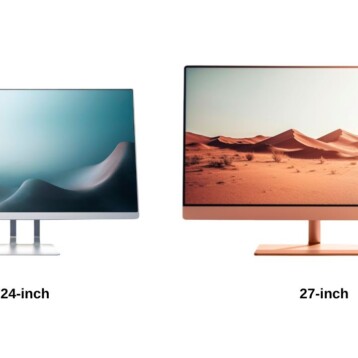|
The group of companies involved in the development of TransferJet has been tagged the “TransferJet Consortium” and includes many industry giants such as Sony, Canon, Kodak, Nikon, Pioneer, Toshiba, Samsung and many others. The companies intend to market a broad array of products and services incorporating TransferJet technology with the intention of increasing its’ usage through the consumer electronics industry.
A short 3cm transmission distance minimizes any risks of data theft. Unlike Bluetooth and other wireless data transfer protocols, there is no risk of unauthorized access because TransferJet can recognize and connect to specific devices only. In addition, the short transmission distance minimizes data leakage without the need for complex security measures or setup procedures. Users can specify and determine restricted access to TransferJet capable devices. With no restrictions set, users can exchange data with any TransferJet capable device in the office, while travelling, at parties, etc.
TransferJet has a very high-speed transfer rate for large data files, with physical layer transmission rates of 560 Mbps and a maximum data throughput of 375 Mbps. Theoretically, a full DVD could be transferred within about 100 seconds. This new technology is also adept in adjusting the data transmission rate according to the quality of the wireless medium. TransferJet can preserve the peak performance of the wireless link by correctively changing the data transmission rate when the connection level has deteriorated.
TransferJet has an average power of under 70dBm/MHz, producing practically no interference with other wireless systems. The data transfer performance is not affected even if multiple users concurrently use TransferJet in the vicinity. This threshold is also compatible with low-intensity radio wave regulations in Japan and with local regulations in other countries.
The ‘TransferJet Consortium’ was founded by a group of international companies with the aim of expanding technology, products, and services built around “TransferJet”. The TransferJet Consortium will concentrate on the growth of specifications, compliance testing processes and tools, in addition to conducting marketing activities to support the TransferJet technology.
Reportedly, Sony has been working on TransferJet since 2005 and recently started producing TransferJet chips small enough to be placed inside a dongle. The small size of the chips will allow them to be connected to any USB capable computer and possibly to other USB capable devices. In 2009 Sony plans to launch the first TransferJet-based products.
TFOT previously covered Wibree, Nokia’s short range wireless technology, which is currently under development. Wibree allows the connection of small, low power devices such as watches and sport sensors, to larger devices such as mobile phones and personal computers. This new technology is designed to co-exist and complement Bluetooth technology, offering a similar range but significantly reduced power consumption.
Additional information on the new protocol can be obtained on the TransferJet website.











